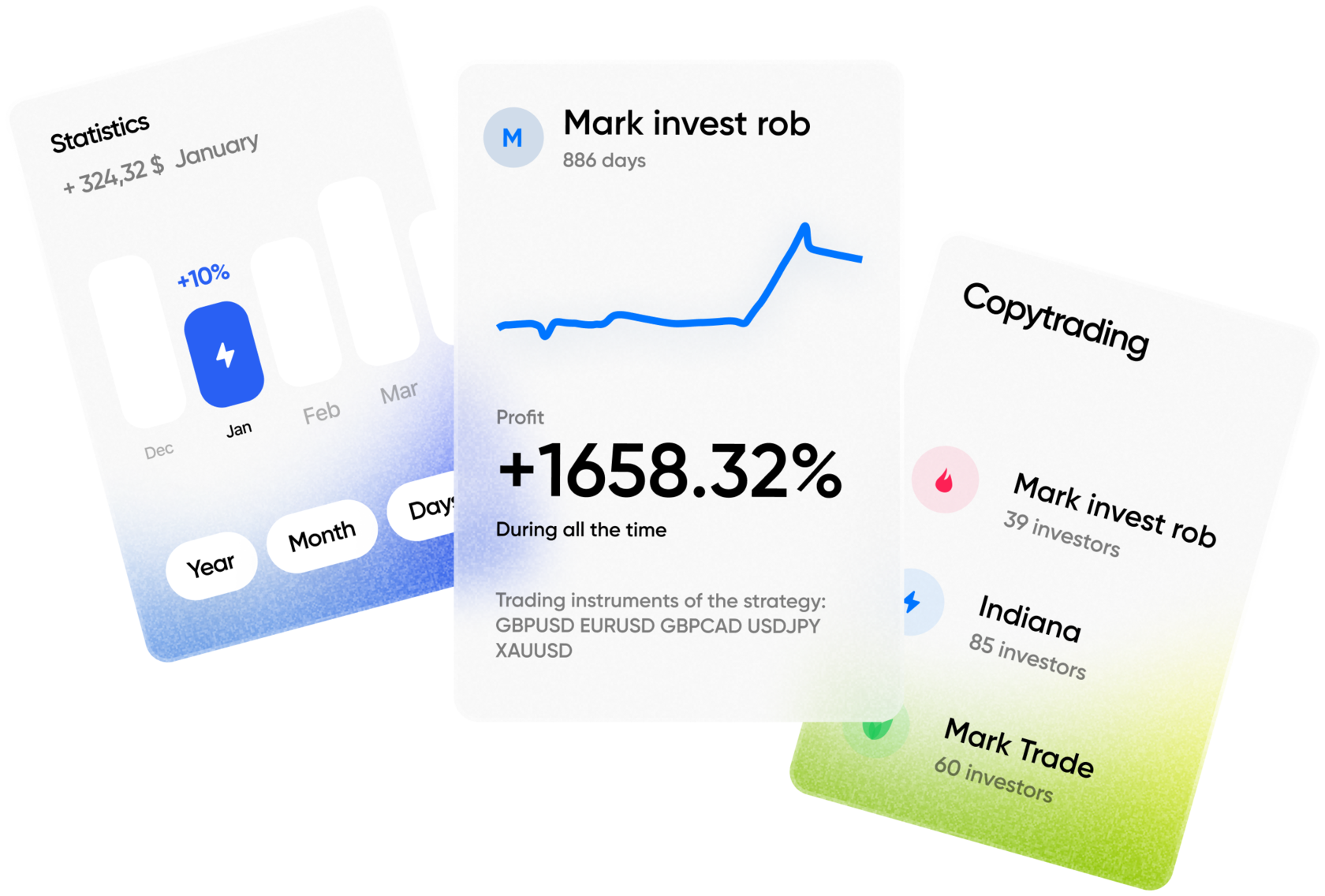On Tuesday, April 8, 2025, major stock exchanges in the United States and Europe began to recover from a recent sharp decline. Wall Street’s main indexes partially regained their positions following several consecutive sessions of losses that started at the end of last week.
Wall Street Reacts to Trade Policy Hopes
The recovery on Wall Street was supported by emerging expectations that the United States may be open to negotiations concerning its strict tariff policy. According to Reuters, these signals contributed to renewed market activity and investor optimism after a period of high volatility.
On the New York Stock Exchange, the Dow Jones Industrial Average, the S&P 500, and the Nasdaq Composite each showed modest gains. Though not fully recovering the losses of the previous sessions, the bounce was seen as a technical correction after a deep drop.
Investors paid close attention to comments from officials indicating a possible shift in the U.S. administration’s approach to global trade. Analysts noted that market sentiment had become more positive following statements that hinted at diplomatic flexibility regarding tariffs.
European Markets Follow with Gains
Stock markets in Europe also staged a correction. After four straight days of steep losses, European shares climbed from 14-month lows. The pan-European STOXX 600 index rose by 2.7% during the session.
This gain followed a sharp cumulative loss of over 12% across the previous trading days. The rebound was observed across various sectors, with financial, industrial, and consumer goods stocks showing the strongest performance.
In Germany, the DAX index posted a notable intraday increase. France’s CAC 40 and the UK’s FTSE 100 also advanced. Trading volumes remained high, reflecting continued caution among investors.
Tariff Uncertainty and Market Sentiment
Despite the short-term rebound, many investors remain concerned about the global impact of escalating trade tensions. Several countries have announced or are considering retaliatory measures in response to U.S. tariffs.
There is still considerable uncertainty regarding the potential development of a full-scale trade war. Economic observers have warned that prolonged tariff disputes could contribute to slower global economic growth or even trigger a recession.
Market analysts tracked capital flows and noted an increase in safe-haven asset purchases earlier in the week. Yields on U.S. Treasury bonds had declined, and gold prices rose, reflecting ongoing risk aversion among investors.
Expert Commentary
Andre Bakhos, managing director at Ingenium Analytics LLC, commented on the situation. He said that when markets develop a consensus around a prolonged sell-off, which dominates headlines and causes anxiety among investors, a recovery rally often follows.
Bakhos explained that such rallies are typical after deep corrections, especially when technical indicators suggest oversold conditions. His remarks were widely cited by financial media covering the day’s rebound.
Global Reactions and Broader Context
In Asia, markets closed mixed earlier in the day, with Japan’s Nikkei showing slight gains, while China’s Shanghai Composite ended in negative territory. Investors globally remained focused on developments in U.S. trade policy and its international implications.
Meanwhile, currency markets saw moderate shifts. The euro strengthened slightly against the U.S. dollar, while the British pound held steady. Oil prices remained relatively flat, with Brent crude trading around $88 per barrel.
Central banks in Europe and the United States did not announce any policy changes during the day. However, comments from Federal Reserve officials are expected later in the week, which could further influence market direction.







